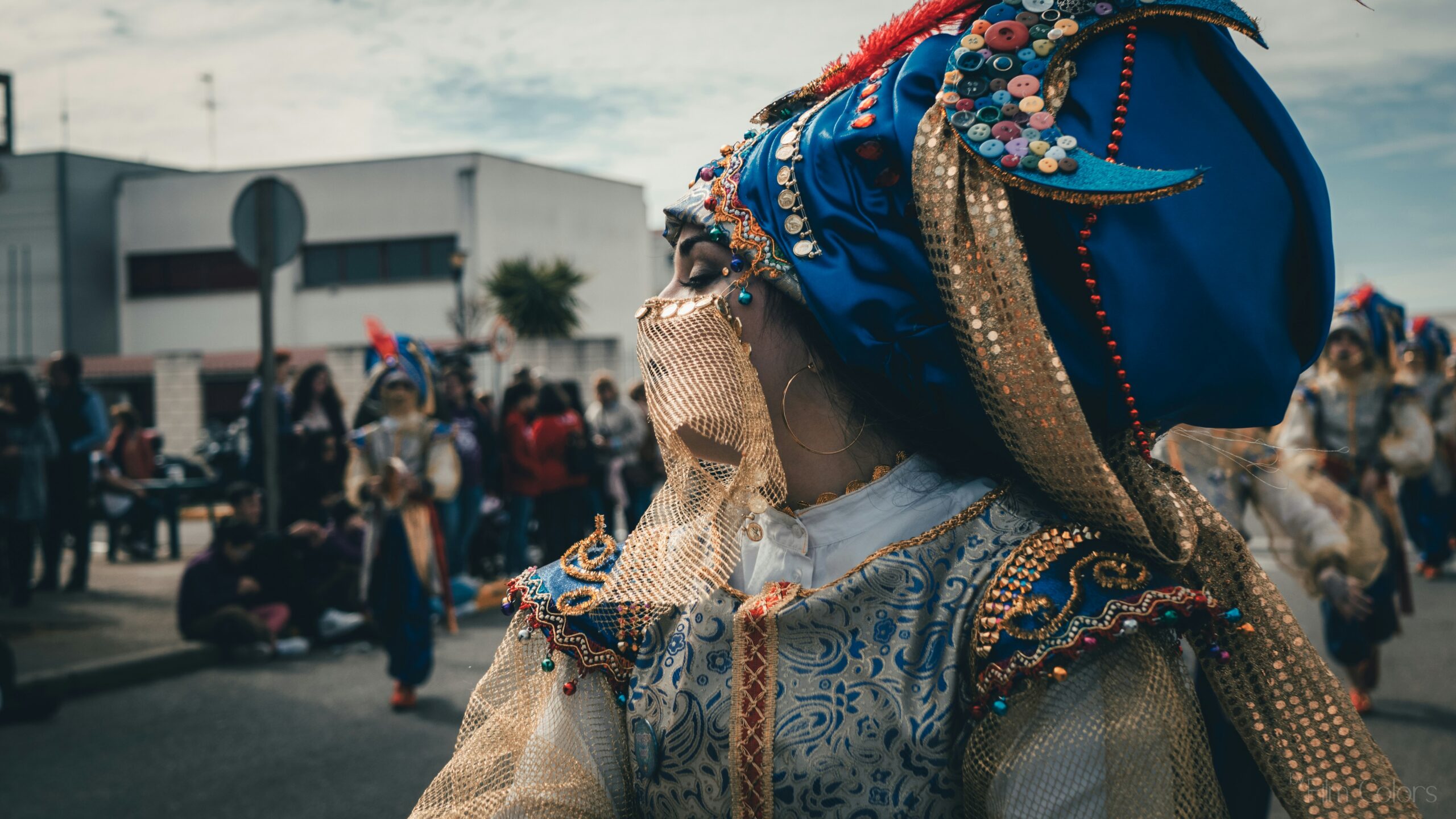Lūš is a term that echoes through time and cultures, evoking curiosity and intrigue. With its roots embedded in ancient traditions, this enigmatic concept embodies not just a creature but an array of meanings that transcend geographical boundaries. Have you ever wondered what Lūš truly represents? From folklore to modern interpretations, the significance of Lūš unfolds like an intricate tapestry woven with stories from various regions. Join us on this captivating journey as we delve into the origins, cultural importance, and multifaceted nature of Lūš. Prepare to explore the depths of a word steeped in mystery and beauty!
The History and Origins of Lūš
The origins of Lūš are steeped in mystery. Many believe it traces back to ancient folklore and traditions of various cultures. This enigmatic figure often intertwines with local myths, suggesting a shared reverence across regions.
Historically, Lūš appears in multiple texts and artifacts. Each account varies, revealing the adaptability of its symbolism over time. Some scholars link it to spiritual beliefs, while others see it as a representation of human emotions.
In the lush landscapes where stories were born, Lūš served different purposes. It acted as both protector and harbinger of change. As societies evolved, so did interpretations surrounding this captivating entity.
Oral traditions played a significant role in preserving tales about Lūš. Generations passed down narratives that highlighted its significance within community life and identity-making processes. Despite modern influences, these historical roots continue to intrigue those who seek deeper understanding today.
Lūš in Different Cultures and Regions
Lūš, often associated with mystical and enigmatic qualities, appears across various cultures. In some Eastern European traditions, it embodies wisdom and intuition. This connection is evident in folklore where Lūš serves as a guide through challenging times.
In North American Indigenous cultures, the figure of Lūš represents transformation and adaptability. It teaches communities about resilience in the face of adversity. Stories highlight its role as a protector, watching over both nature and people.
Asian narratives portray Lūš as a bridge between realms—spiritual and earthly. Here, it symbolizes balance and harmony within oneself and the environment.
Across these diverse interpretations, Lūš continues to inspire creativity in art forms ranging from literature to visual arts. Its presence invites exploration into deeper meanings tied to identity and belonging in each cultural context.
Lūš as a Symbol and Its Cultural Significance
Lūš transcends mere definition. It embodies a myriad of meanings across cultures, often representing strength and resilience.
In many traditions, Lūš is intertwined with nature’s mysteries, symbolizing the untamed spirit of wilderness. This connection fosters respect for the environment and encourages harmony between humanity and nature.
Artists frequently draw inspiration from Lūš, creating works that reflect its enigmatic qualities. These representations invite viewers to ponder deeper existential questions regarding identity and existence.
Moreover, in folklore and mythology, Lūš serves as a powerful guardian figure. Tales depict it guiding lost souls or protecting sacred spaces from harm.
The duality of fear and reverence associated with Lūš enhances its significance in cultural narratives. As both protector and enigma, it captivates hearts while challenging perceptions of reality itself.
Modern Interpretations and Uses of Lūš
In today’s world, Lūš takes on new forms and interpretations. Artists often draw inspiration from its complex symbolism, weaving it into modern art, fashion, and literature. Its enigmatic nature serves as a muse for creative minds.
Social media platforms showcase Lūš in various contexts. Trendy designs incorporate its essence into tattoos and digital artwork. This reflects the adaptability of cultural symbols in contemporary expression.
Moreover, Lūš has found a place in wellness practices. Some people associate it with balance and introspection, using it as a focal point during meditation or mindfulness sessions.
The fascination with Lūš transcends borders as communities celebrate festivals that honor this symbol’s heritage. Young generations actively participate, ensuring the traditions surrounding Lūš remain alive while infusing them with their unique perspectives.
Controversies Surrounding Lūš
The Lūš has long been a subject of intrigue and debate. Some enthusiasts argue that its cultural significance is often overshadowed by modern interpretations, which can distort traditional meanings.
Critics claim that commercialization dilutes the essence of Lūš, transforming it into mere novelty rather than a respected symbol. This raises questions about authenticity and how culture adapts over time.
Moreover, differing beliefs across regions create friction. Advocates in one area may feel their interpretation is more valid than those from another, leading to passionate discussions. These debates often reveal deeper societal values at play.
The rise of social media has amplified these controversies. Online forums provide platforms for both defenders and detractors of Lūš to express their views freely. As conversations evolve, so does the understanding of this enigmatic symbol’s place in contemporary society.
Conclusion: The Enduring Mystery and Beauty of Lūš
The enigma of Lūš continues to captivate and intrigue. Its origins are steeped in rich history, drawing from various cultural influences across the globe. As a symbol, Lūš transcends mere representation; it embodies deep-rooted meanings that resonate within different communities.
Modern interpretations show the adaptability of Lūš in contemporary art, literature, and spiritual practices. This evolution highlights how traditions can morph while retaining their essence. Yet, with its beauty comes controversy—disputes over authenticity and appropriation remind us that every cultural artifact carries complex narratives.
As we explore these layers of meaning surrounding Lūš, one thing is clear: its allure remains timeless. The intersection between mystery and significance makes it a subject worth delving into for those seeking depth in understanding culture’s role in our lives today. Each discovery prompts new questions about identity, heritage, and connection to the past—elements that will keep the story of Lūš alive for generations to come.

